Section outline
-
Course Duration: 30 hours
Course objectives:
Information technology systems can improve quality and increase productivity. In addition to software different statistical methods can be used to evaluate critical processes in order to control production procedures and performances. The course in Information Technologies for Statistical Analysis and Quality Control includes basic issues of mathematical statistics and its application for the needs of the textile and clothing industry. The training will be carried out mainly with universal and, if necessary, with specialized software products.
Learning outcomes:
Knowledge Skills Responsibilities/autonomy - To understand the basics of the quality control tools
- To aware and understand the essentials of QFD
- To comprehend the elements of FMEA method
- To understand different probability distribution, parameters and properties related to textile variables
- To apprehend how to treat random variables in order to consider them in the quality control process
- To adopt different kind of hypothesis testing to support your decisions
- To comprehend variance and regression analysis principles
- To solve problems using the quality control tools
- To respond to the needs and expectations of the customers using QFD
- To take actions to eliminate or reduce failures using FMEA
- To represent test results using different methods
- To use specialised software for data analysis to support quality control
- To apply statistical hypothesis tests in Statistical Process Control (SPC) and Acceptance Sampling (AS)
- To apply variance and regression analysis to concrete cases both for forecasting and control purposes
- To assure and manage the quality control process by using the quality control tools
- To bring new and improved products to market while reducing development time
- To documents current knowledge and actions about the risks of failures
- To optimize the regression model in order to get to the best possible hypothesis considering data variables- To support the quality control process by applying relevant statistical models
Syllabus:
The course in Information Technologies for Statistical Analysis and Quality Control includes basic issues of mathematical statistics and its application for the needs of the textile and clothing industry.
The training will be carried out mainly with universal and, if necessary, with specialized software products, through lessons:
1. The Seven Basic Quality Control Tools
2. The Seven Management and Planning Tools
3. Quality function deployment (QFD)
4. Failure modes and effects analysis (FMEA)
7. Testing of non-parametric statistical hypothesis
8. Testing of parametric statistical hypothesis
10. Analysis of variance (ANOVA)
-
This lesson describes the Seven Basic Quality Control Tools:
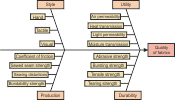
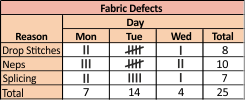
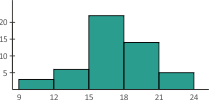
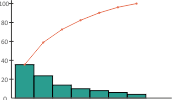
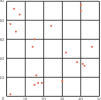
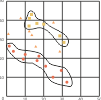
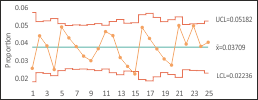
-
This lesson describes the The Seven Management and Planning Tools:
Affinity Diagram, Relations diagram, Tree diagram, Matrix diagram, Prioritization matrix, Arrow diagram and Process Decision Program Chart
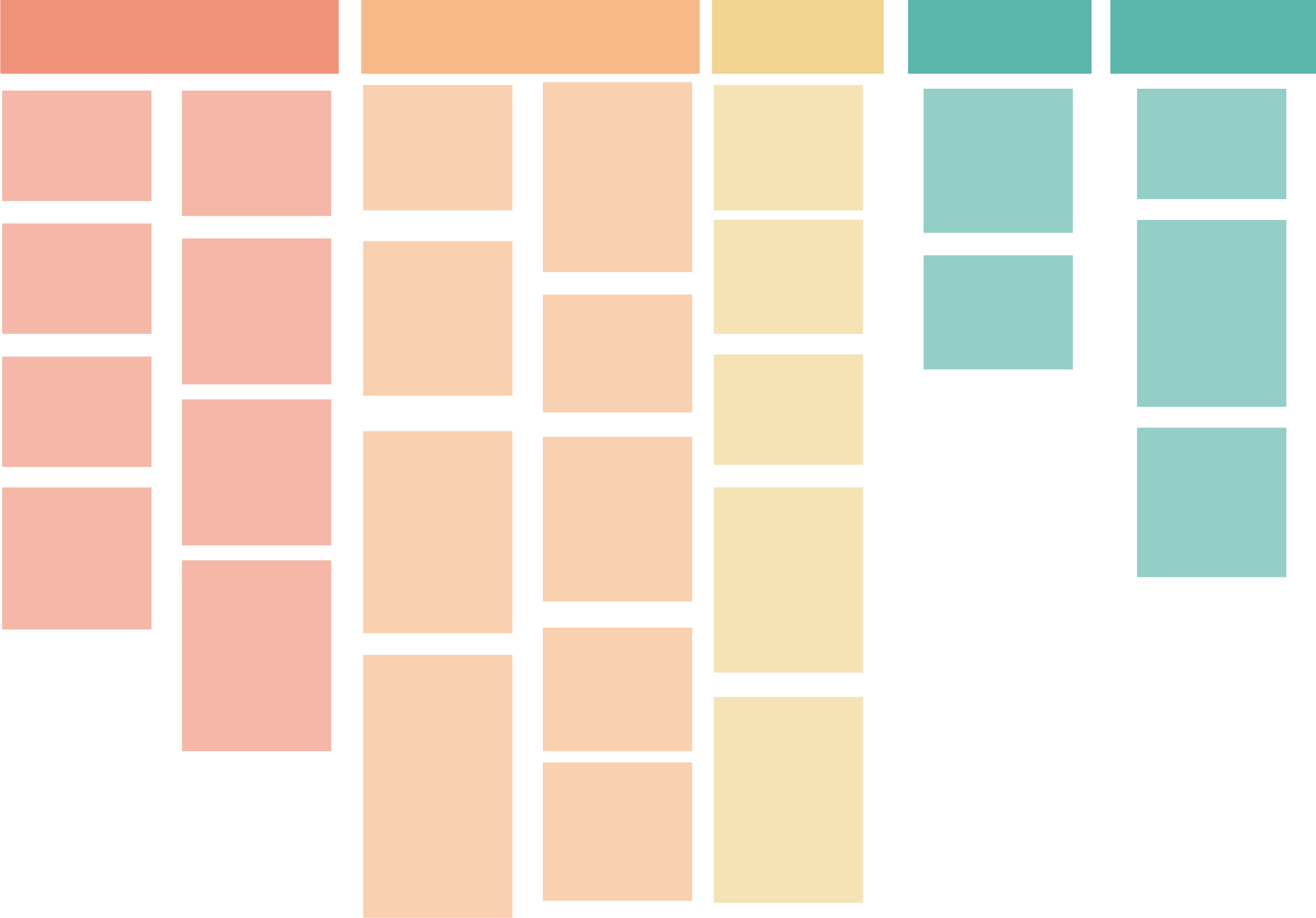
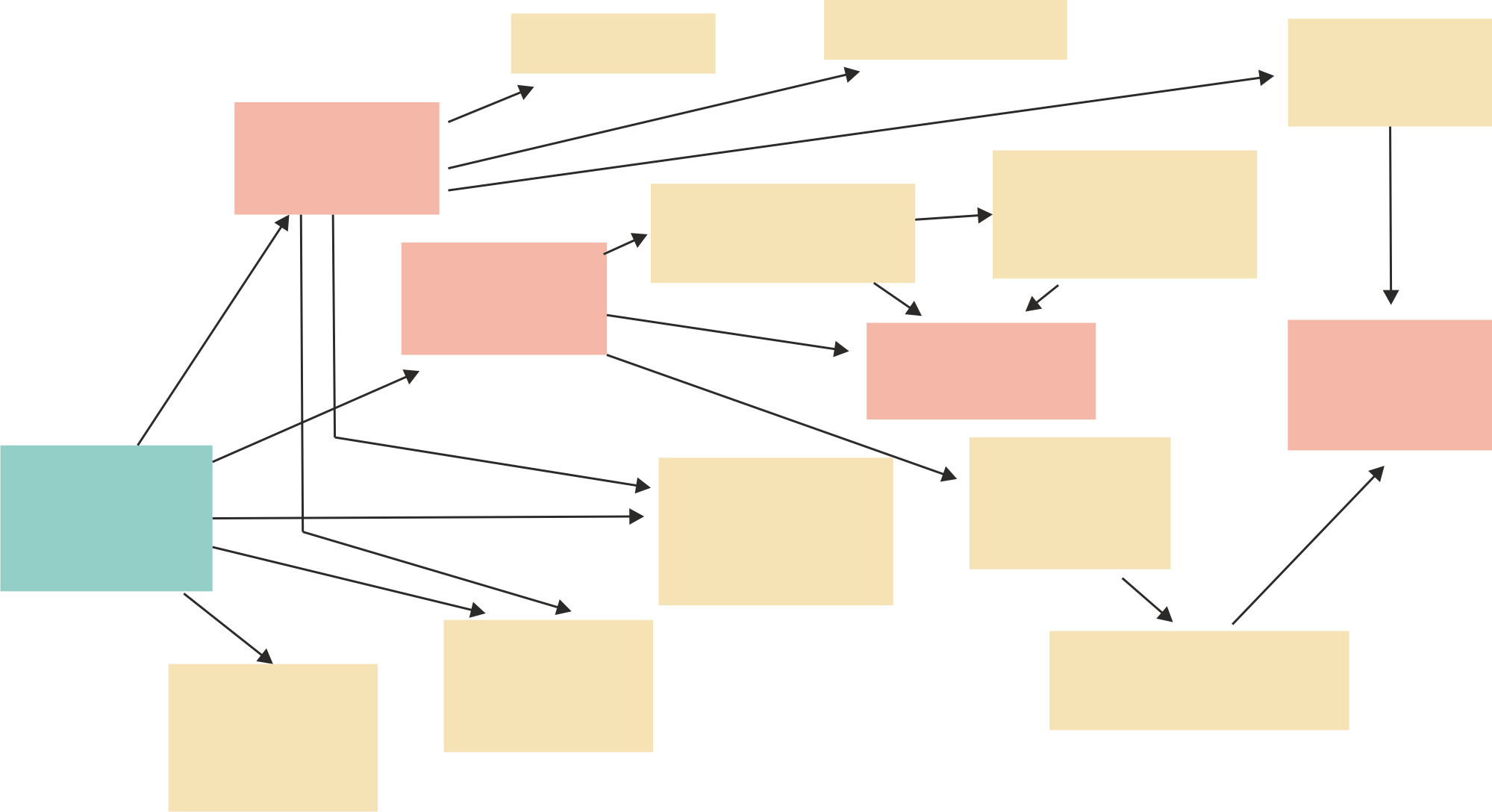


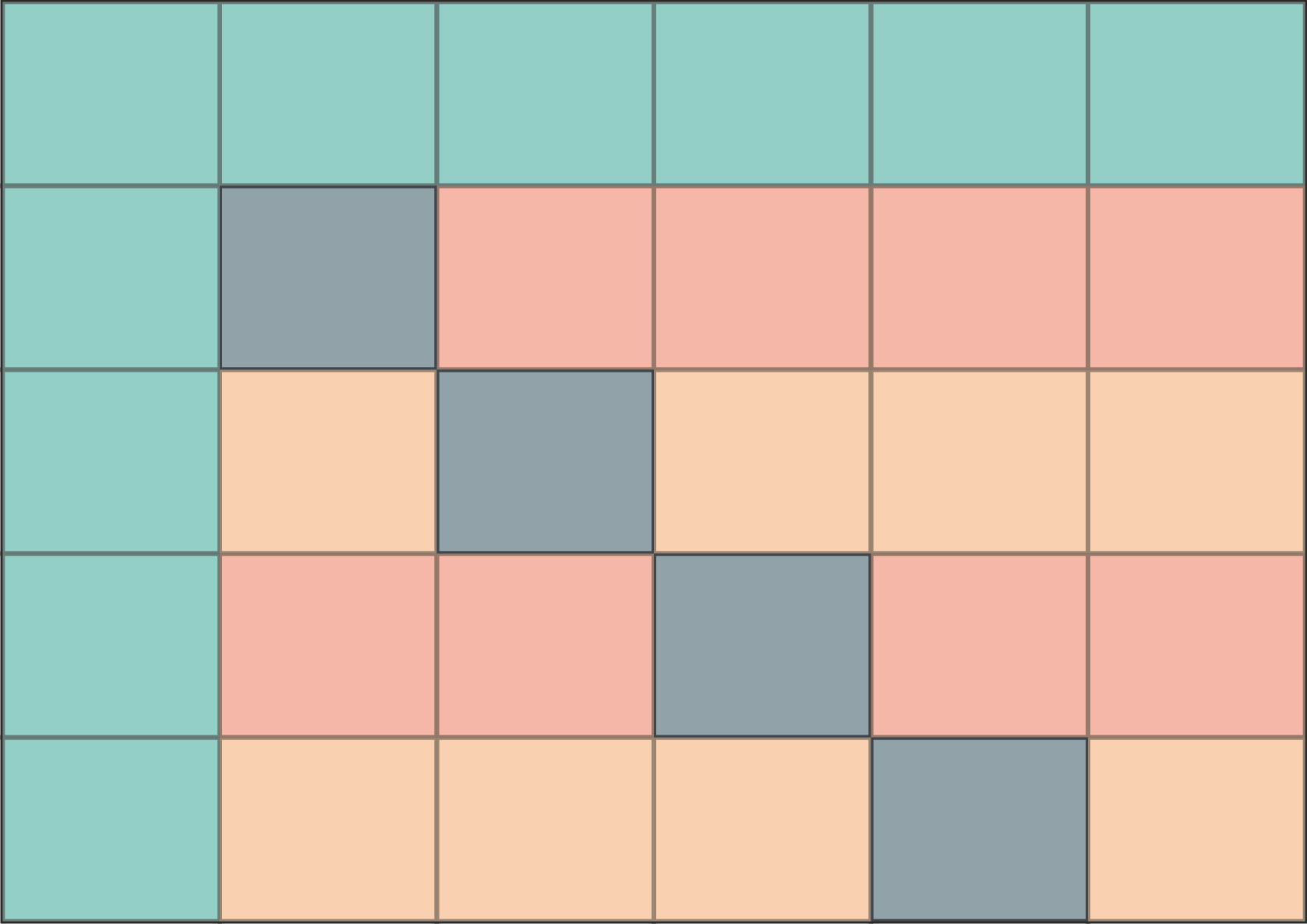
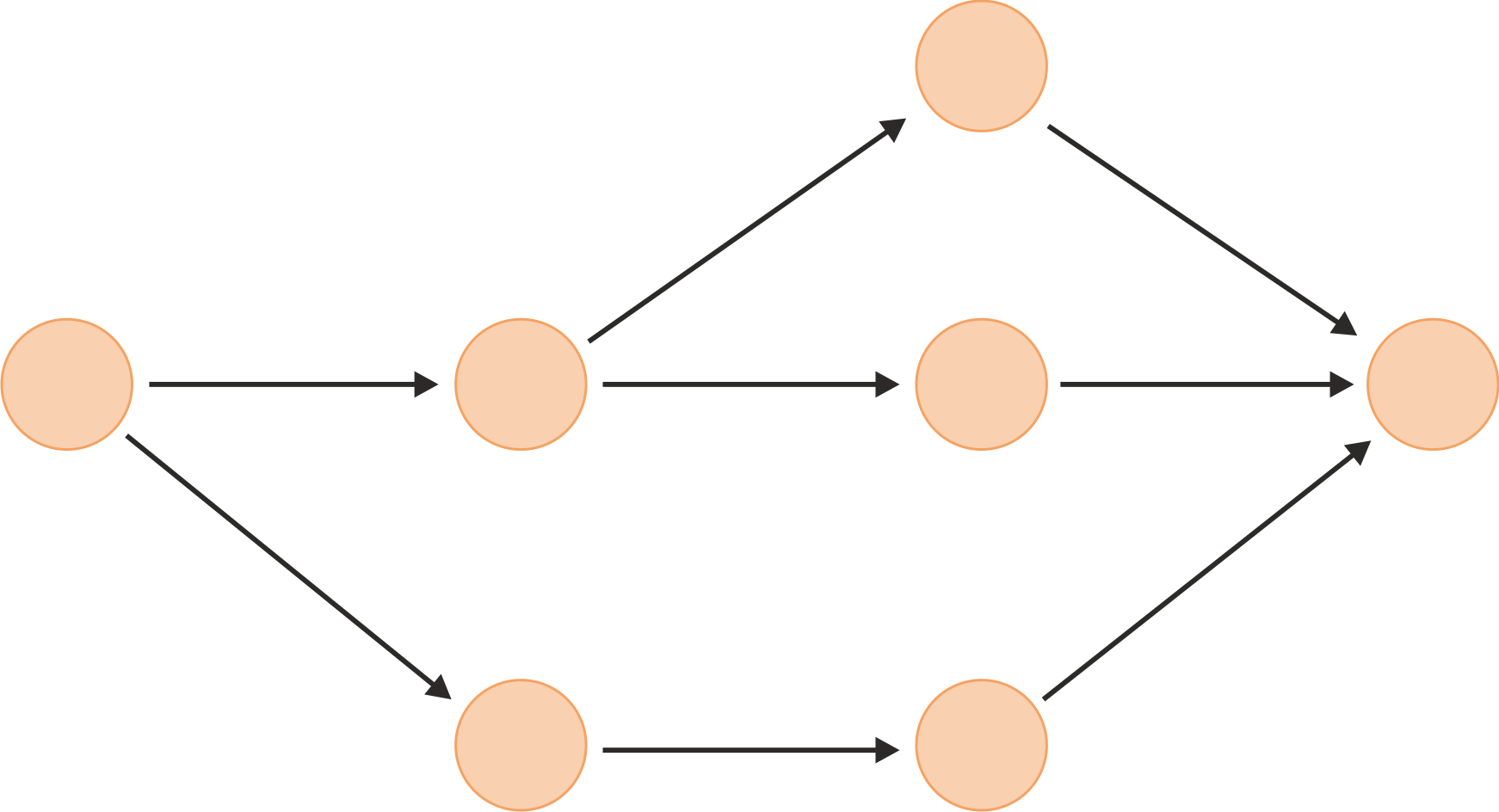
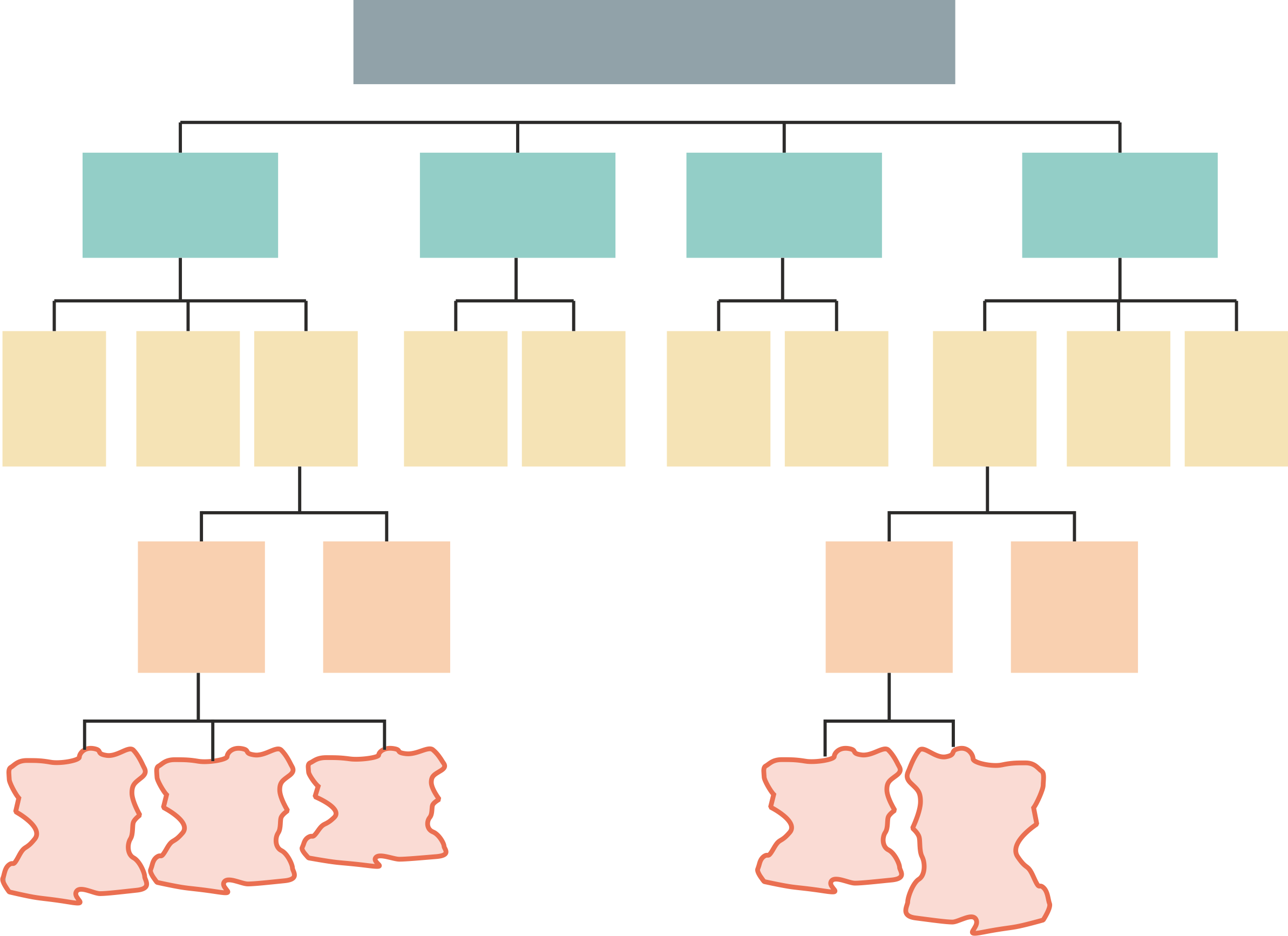
-
The QFD process includes different quality control tools. In this lesson only one of these tools will be included and it is called the House of Quality. Other tools used in the QFD process for example are the 7 basic quality control tools and the 7 management and planning tools.

-
This lesson deals with FMEA
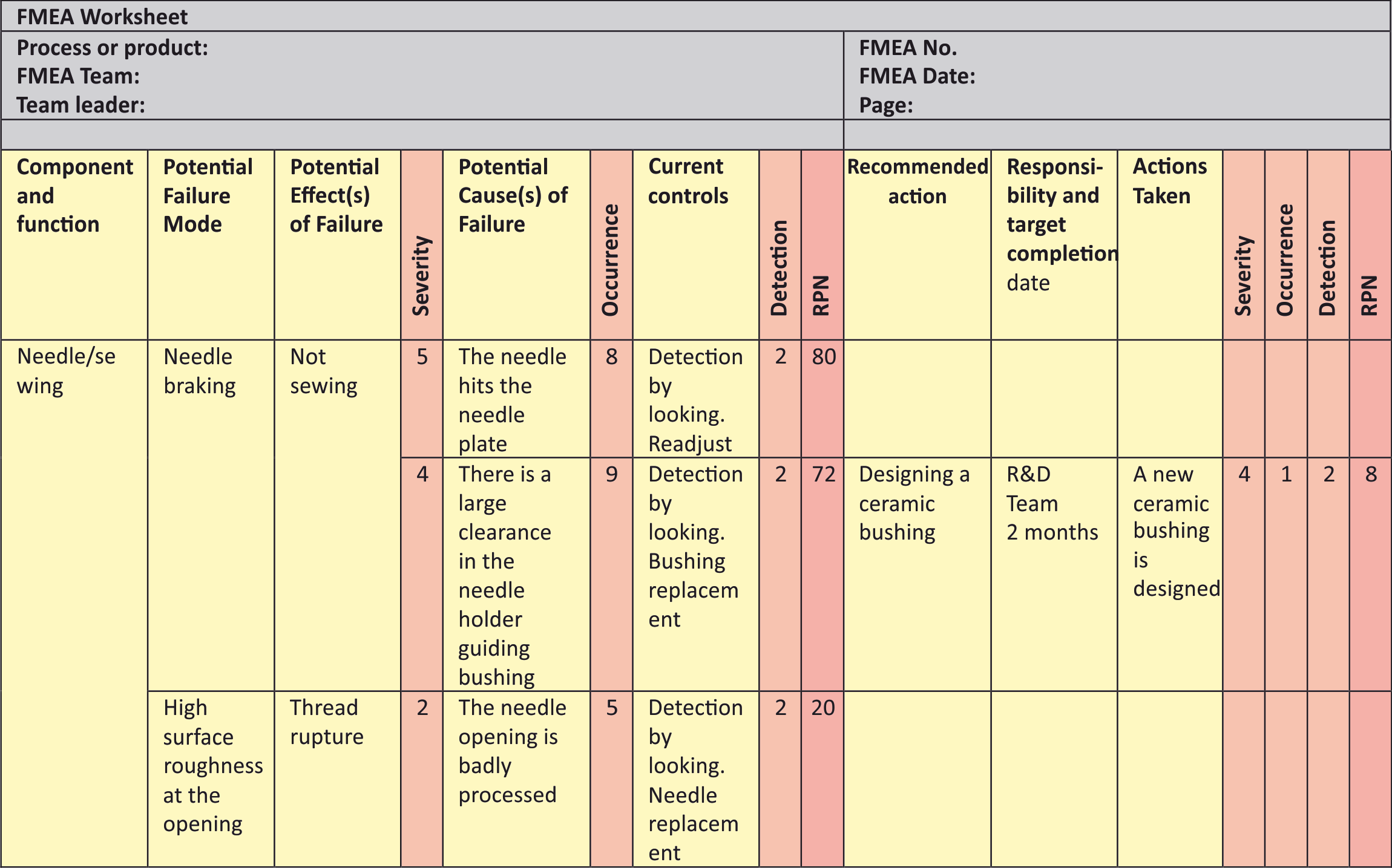
-
This lesson deals with the probability distributions with application in textile practice.
The lesson starts with an brief explanation of Probability density functions.
It also includes the following discrete distributions:
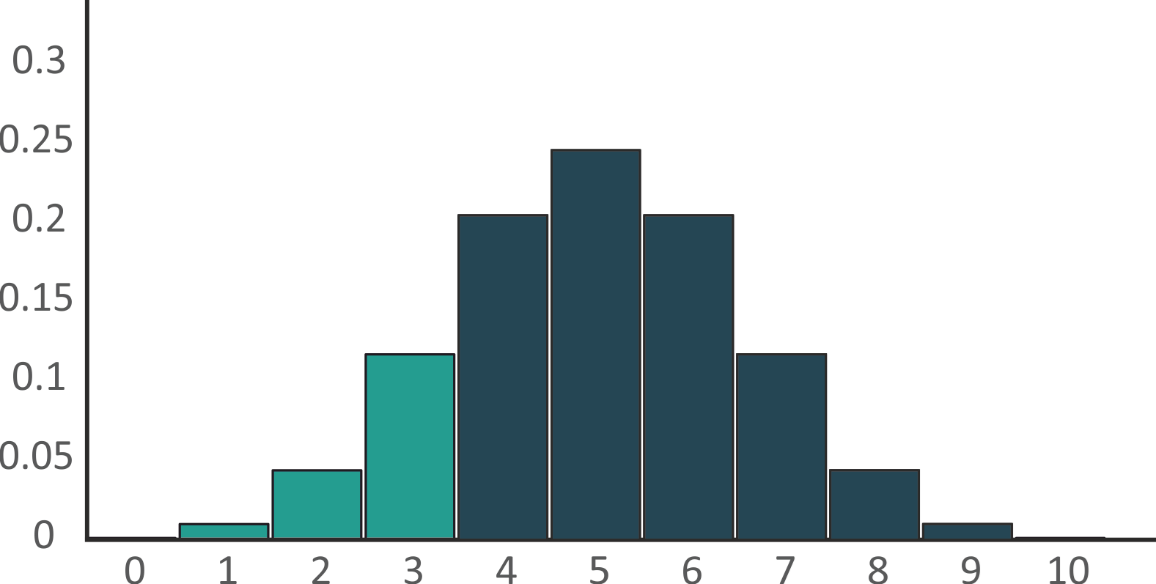
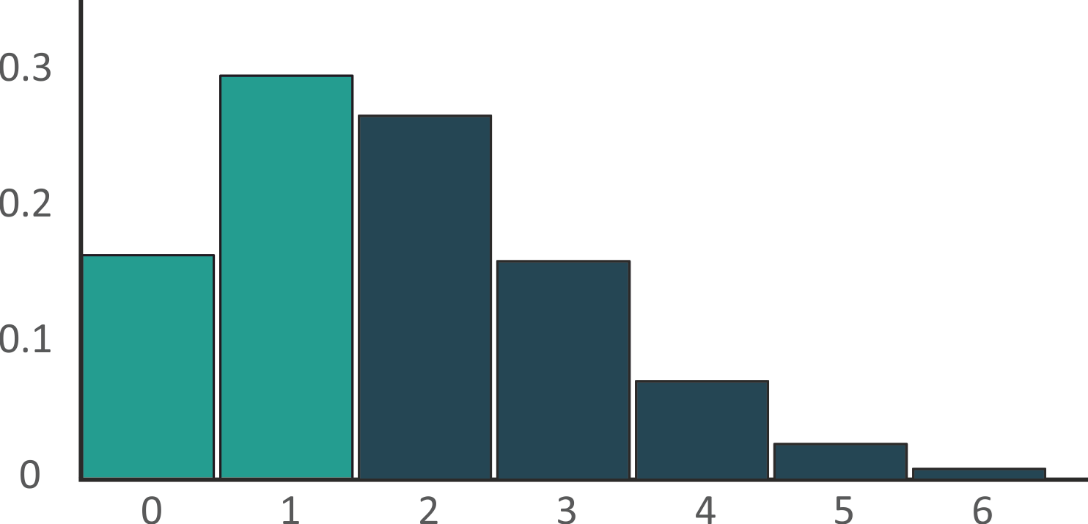 and the following continuous distributions:
and the following continuous distributions:
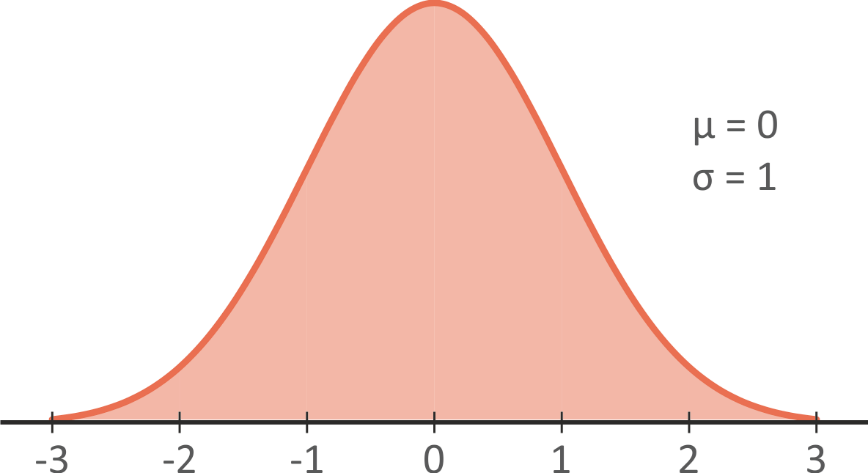
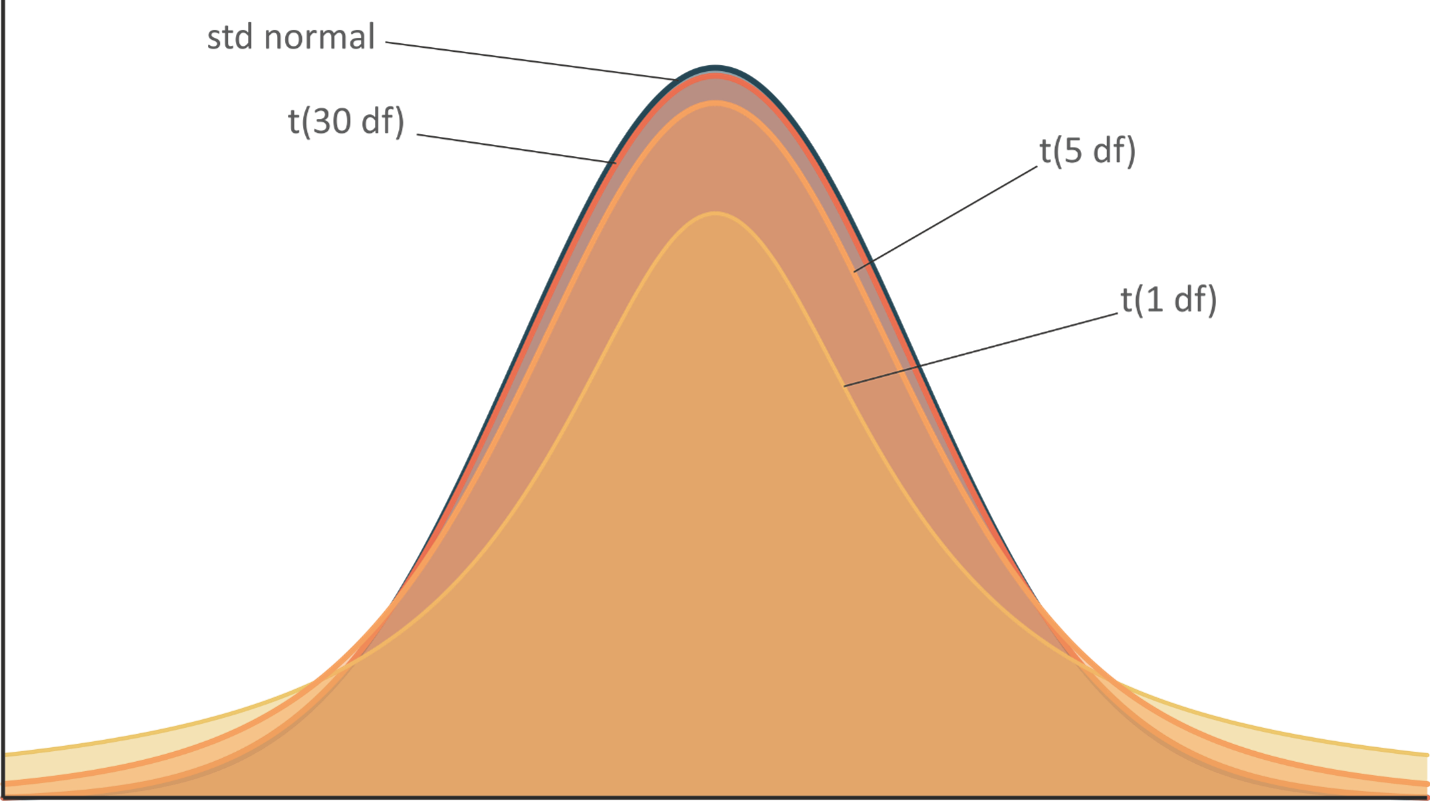
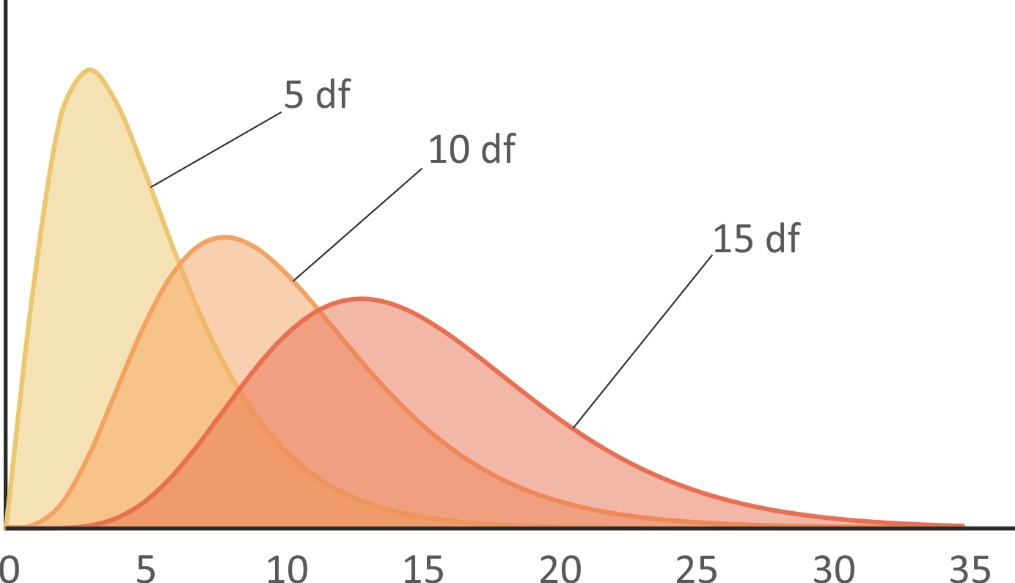
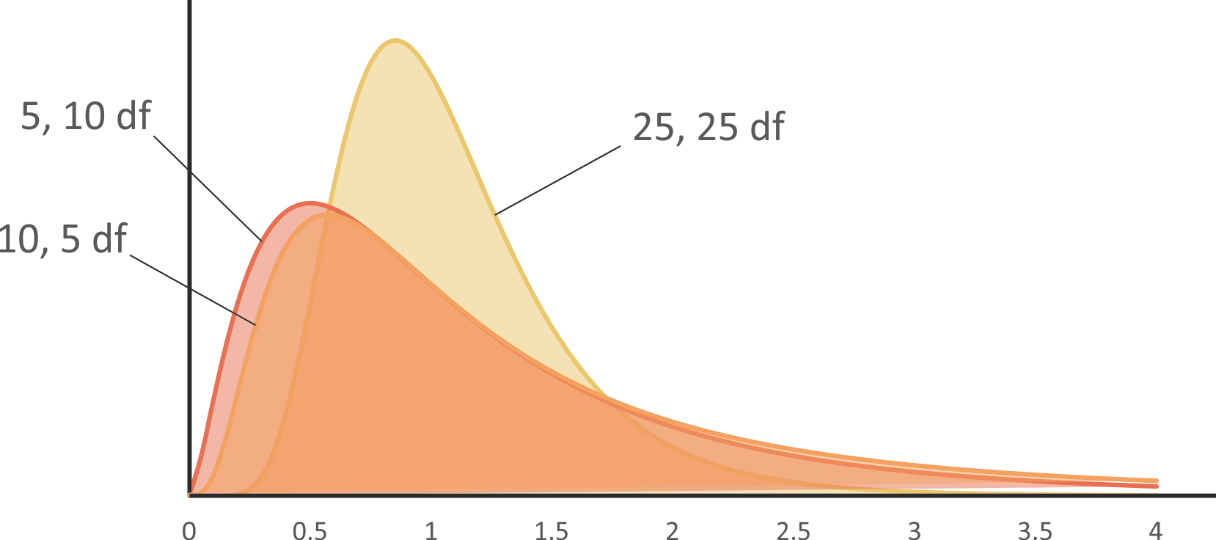
-
Here you can find the examples from the lesson, developed with:
 MS Excel (for Students)
MS Excel (for Students) Minitab (for Staff)
Minitab (for Staff)  Python (for Trainers/Researchers)
Python (for Trainers/Researchers) -
-
This lesson is related to the measures of the central tendency and the measures of variability.
 The included measures of the central tendency are:Comparison between the Median and Mean is given.
The included measures of the central tendency are:Comparison between the Median and Mean is given. The lesson continues with a description of the Variability.
The lesson continues with a description of the Variability. The included measures of variability are:Comparison between the Standard Deviation and Variance is given.
The included measures of variability are:Comparison between the Standard Deviation and Variance is given.
-
Here you can find the examples from the lesson, developed with:
 MS Excel (for Students)
MS Excel (for Students) Minitab (for Staff)
Minitab (for Staff)  Python (for Trainers/Researchers)
Python (for Trainers/Researchers) -
-
This lesson deals with nonparametric statistical tests. The usage of these tests allows analyzing data that come as frequencies, such as the number of people in a sample who fall into different categories of age, income, and job classification.Examples for Chi-Square Goodness-of-Fit Test and Chi-Square Test of Independence are given.

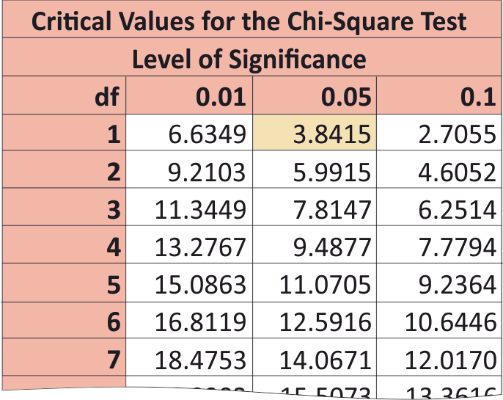
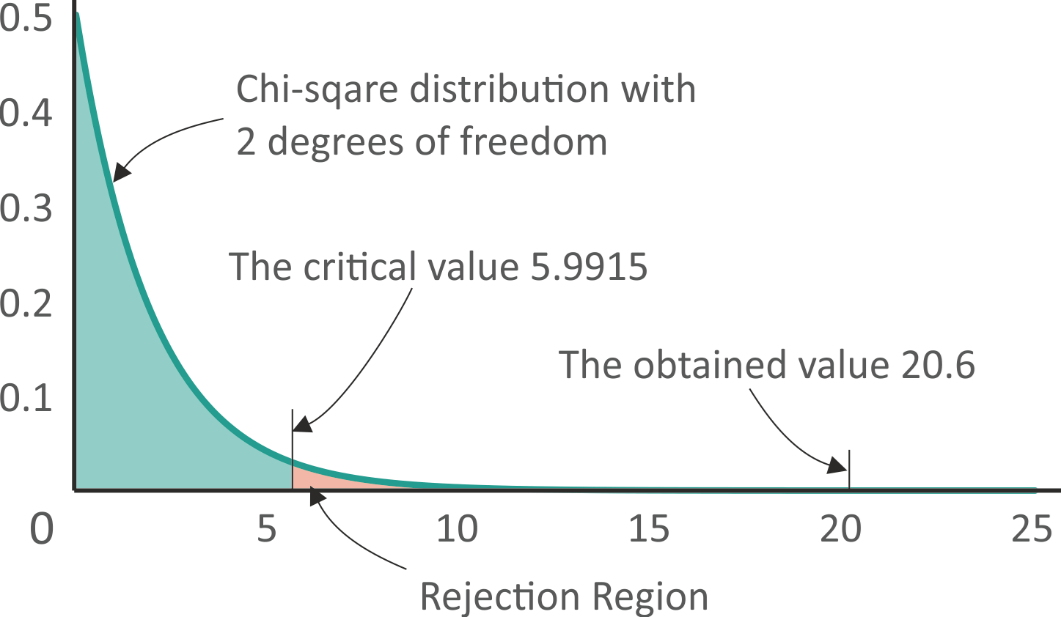
-
Here you can find the examples from the lesson, developed with:
 MS Excel (for Students)
MS Excel (for Students) Minitab (for Staff)
Minitab (for Staff)  Python (for Trainers/Researchers)
Python (for Trainers/Researchers) -
-
This lesson deals with the parametric statistical tests.
Examples for One-sample z-test and t-Test for Independent samples are given.
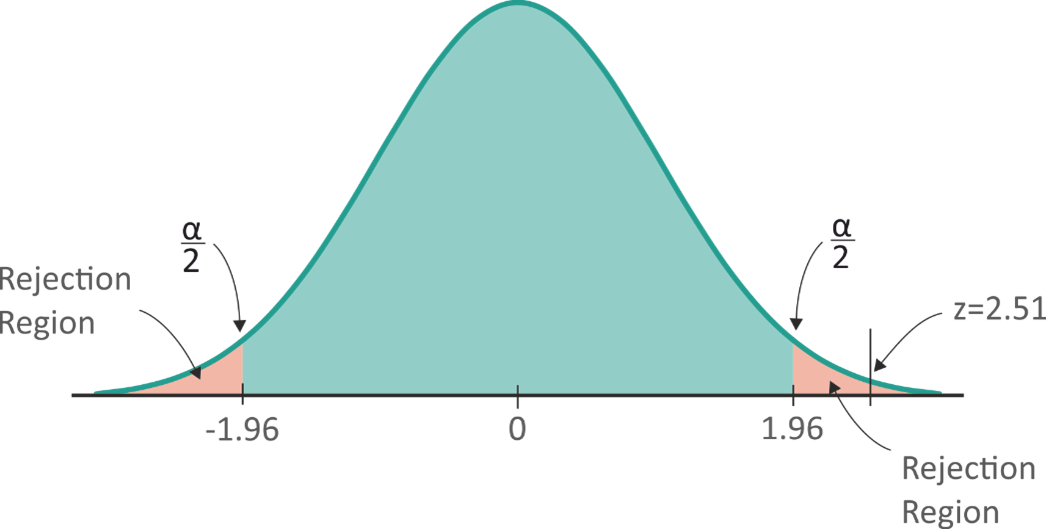
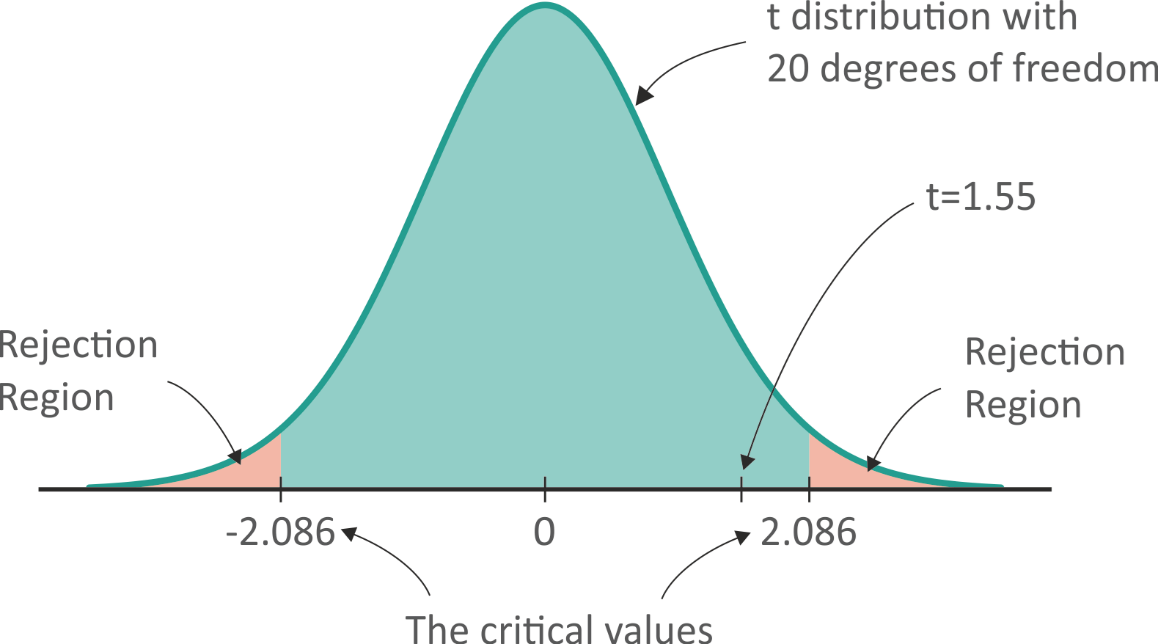
-
Here you can find the examples from the lesson, developed with:
 MS Excel (for Students)
MS Excel (for Students) Minitab (for Staff)
Minitab (for Staff)  Python (for Trainers/Researchers)
Python (for Trainers/Researchers) -
-
9. Application of statistical hypothesis tests in Statistical Process Control (SPC) and Acceptance Sampling (AS)
The first part of this lesson deals with the Statistical Process Control (SPC).
The main tools of SPC are discussed: The Control Charts for Variables and the Control Charts for Attributes.
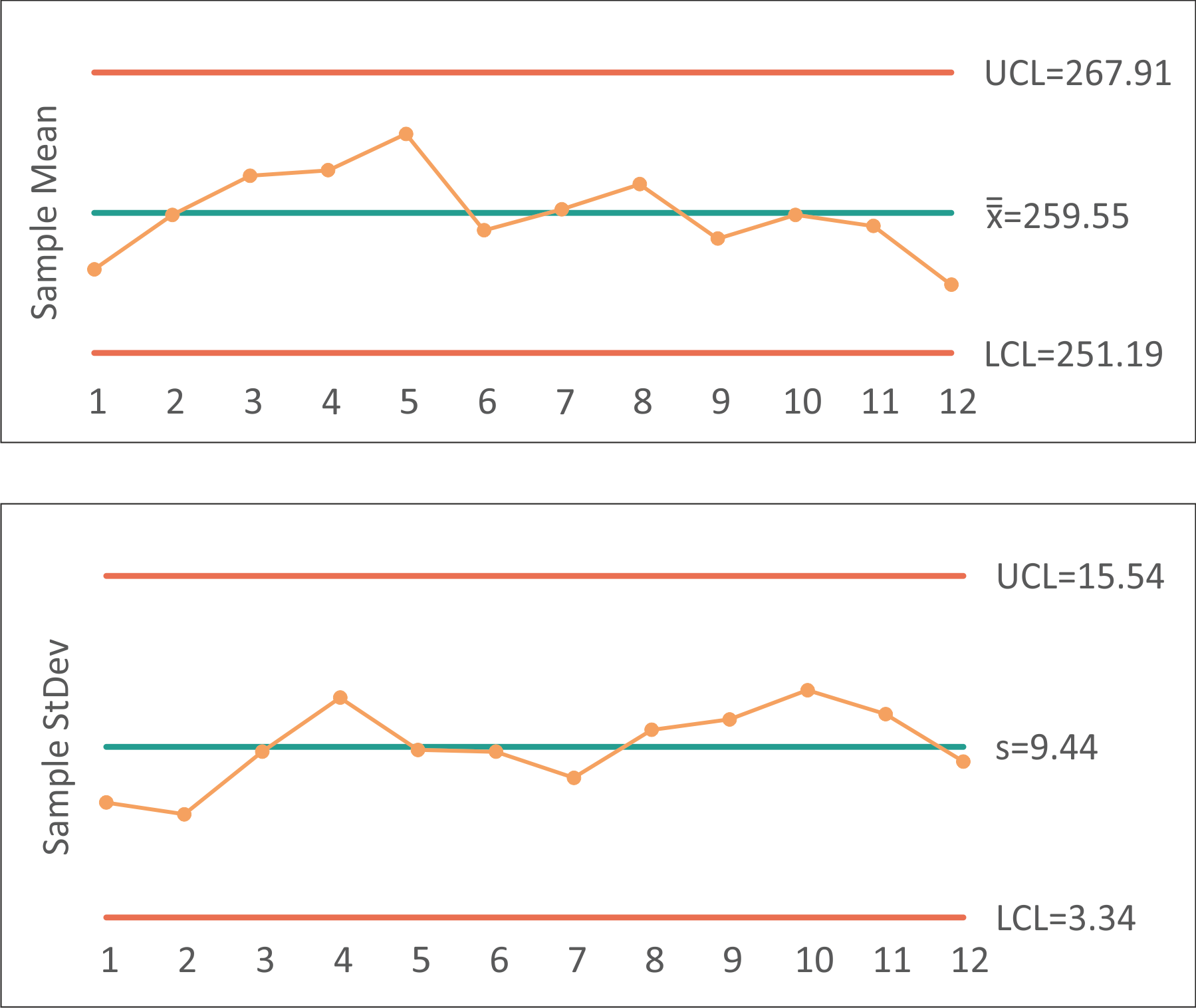

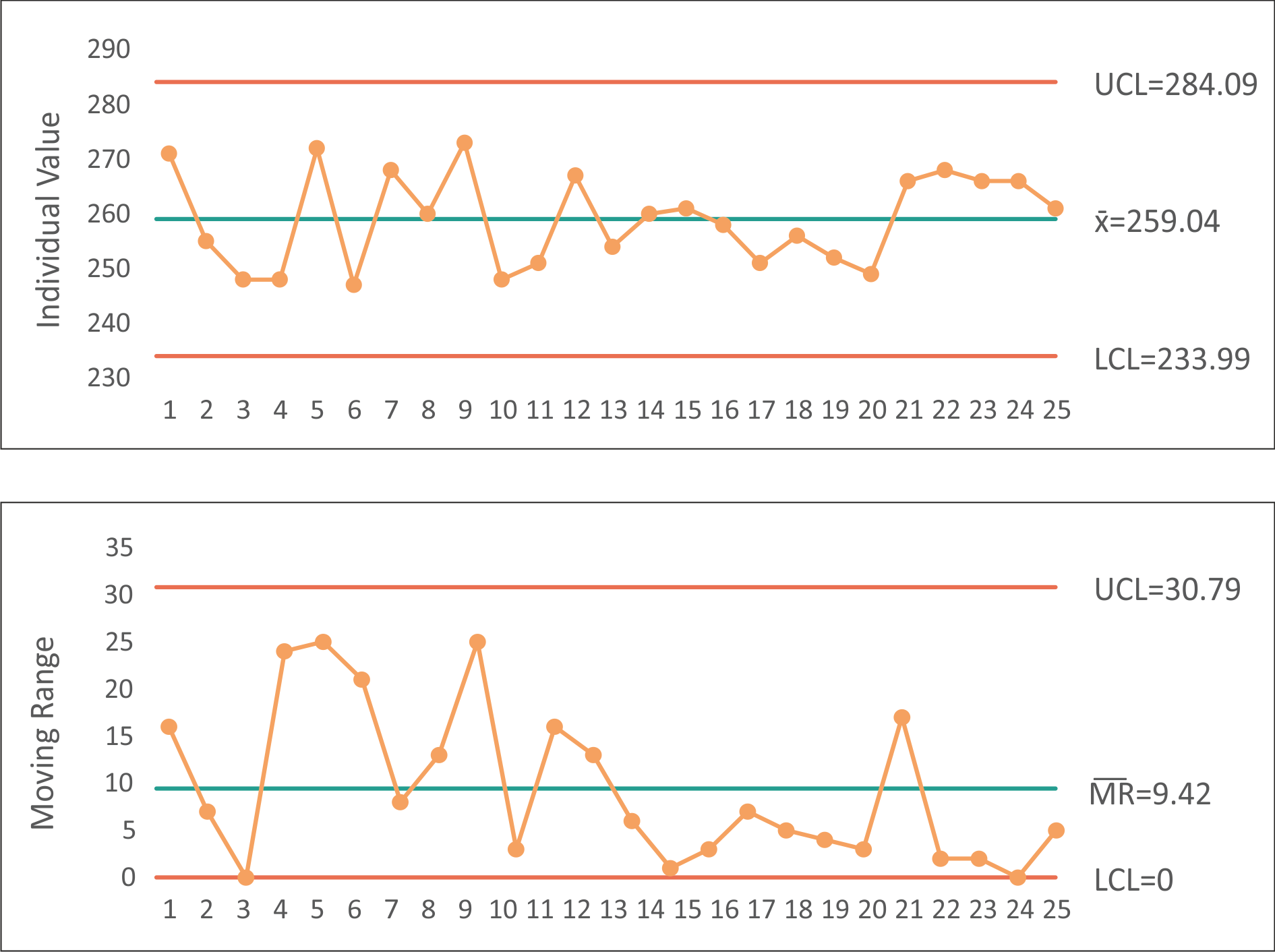
The second part of the lesson deals wit the Acceptance Sampling (AS)
The OC Curve is described.
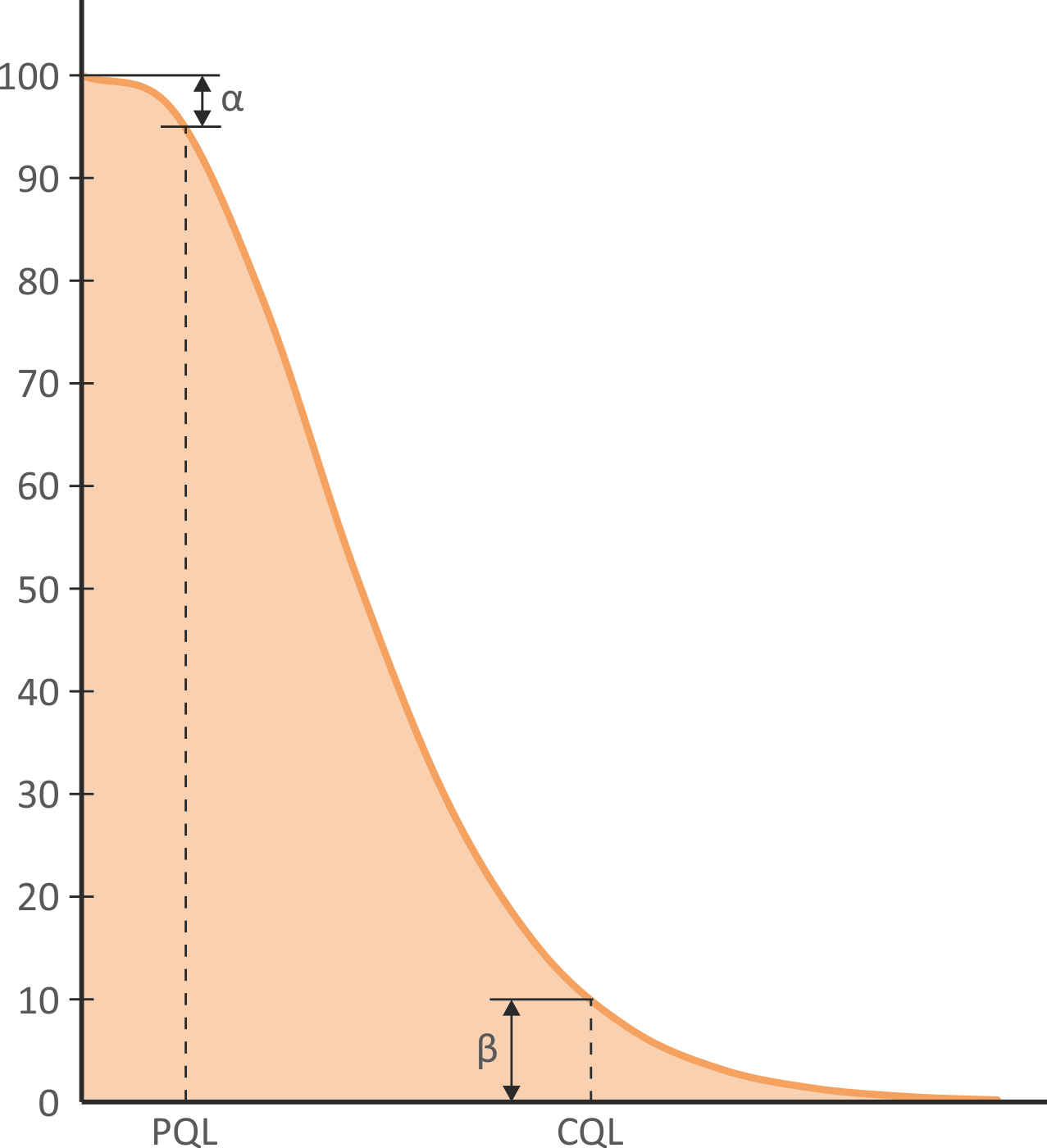
Different sampling plans are presented: Single Sampling Plan, Double Sampling, Multiple Sampling and Sequential Sampling.

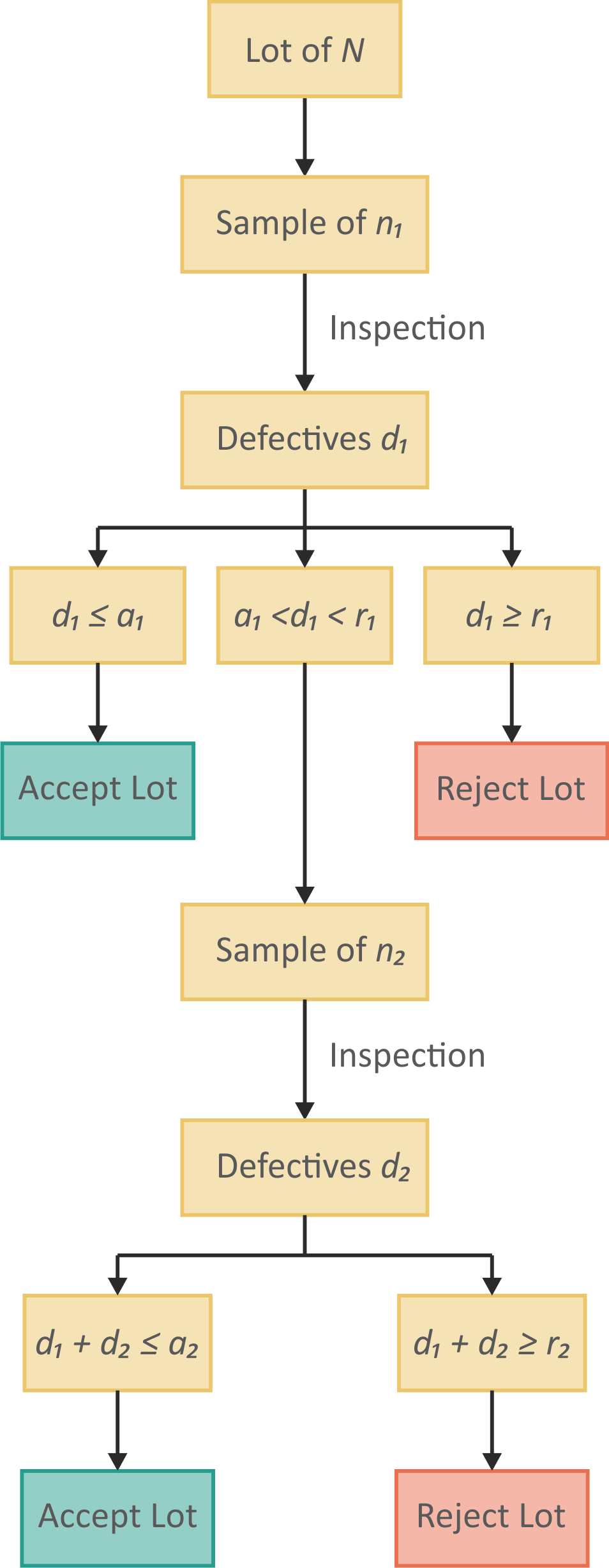
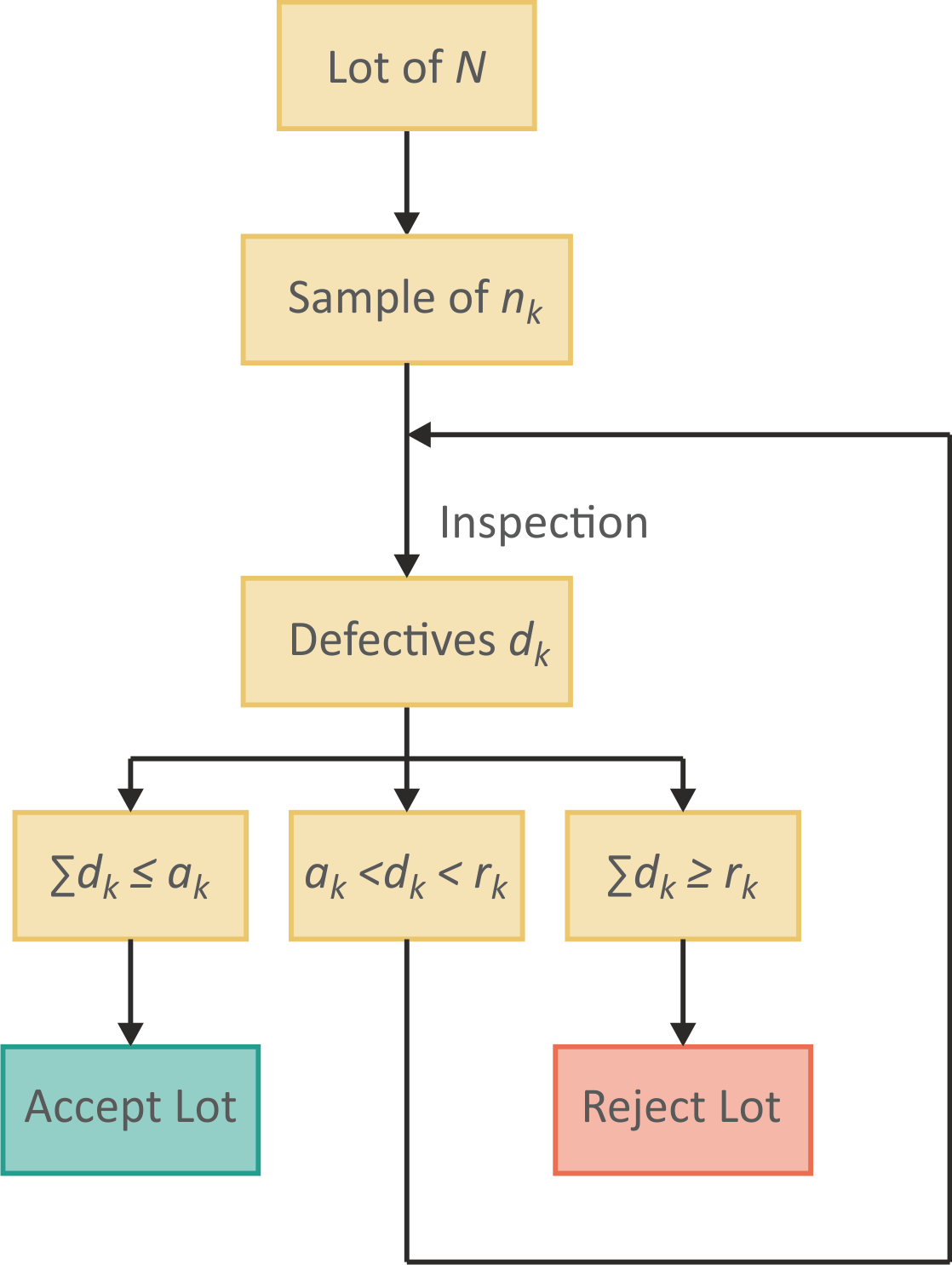
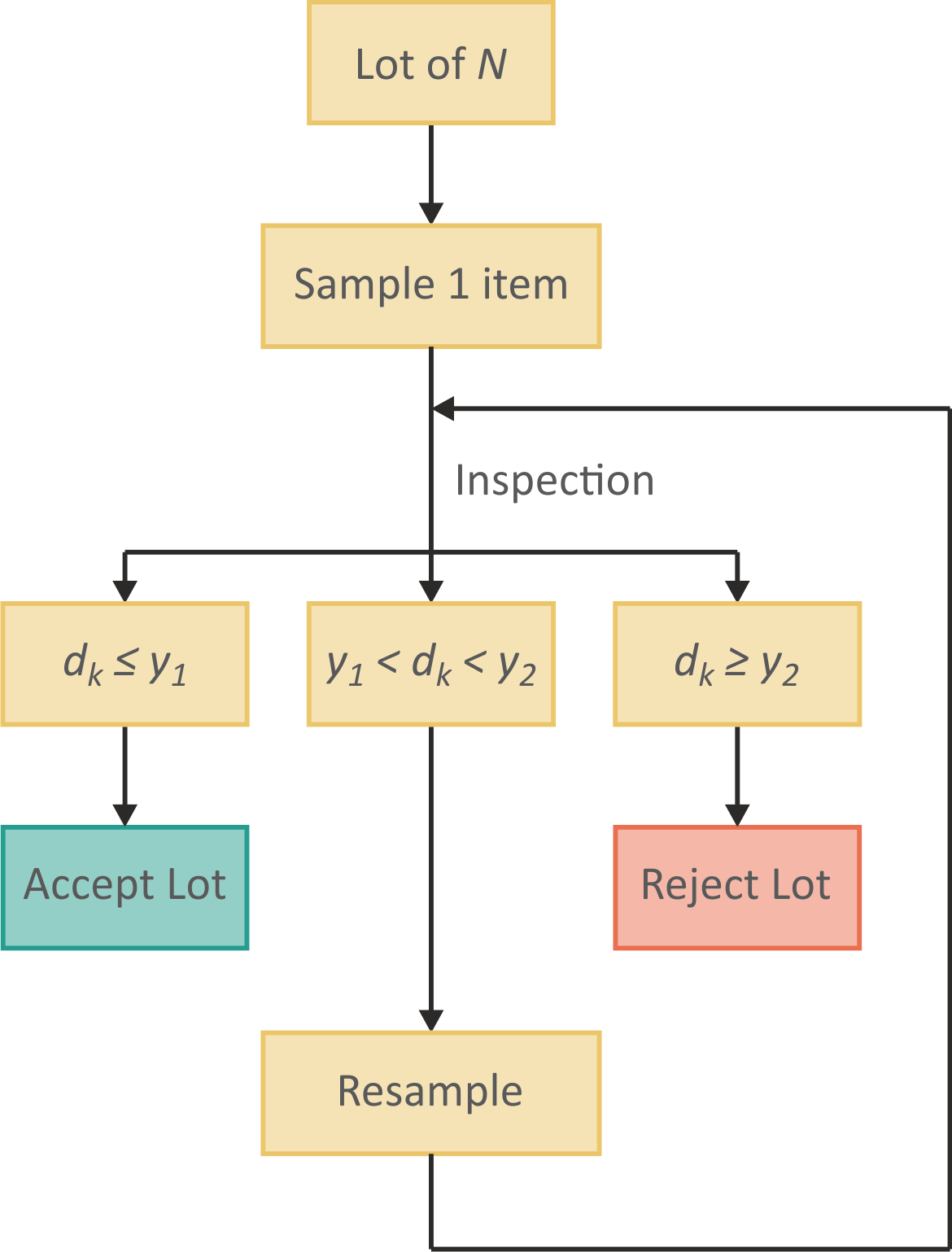
-
Here you can find the examples from the lesson, developed with:
 MS Excel (for Students)
MS Excel (for Students) Minitab (for Staff)
Minitab (for Staff)  Python (for Trainers/Researchers)
Python (for Trainers/Researchers) -
-
This lesson is about the Analysis of variance (ANOVA).
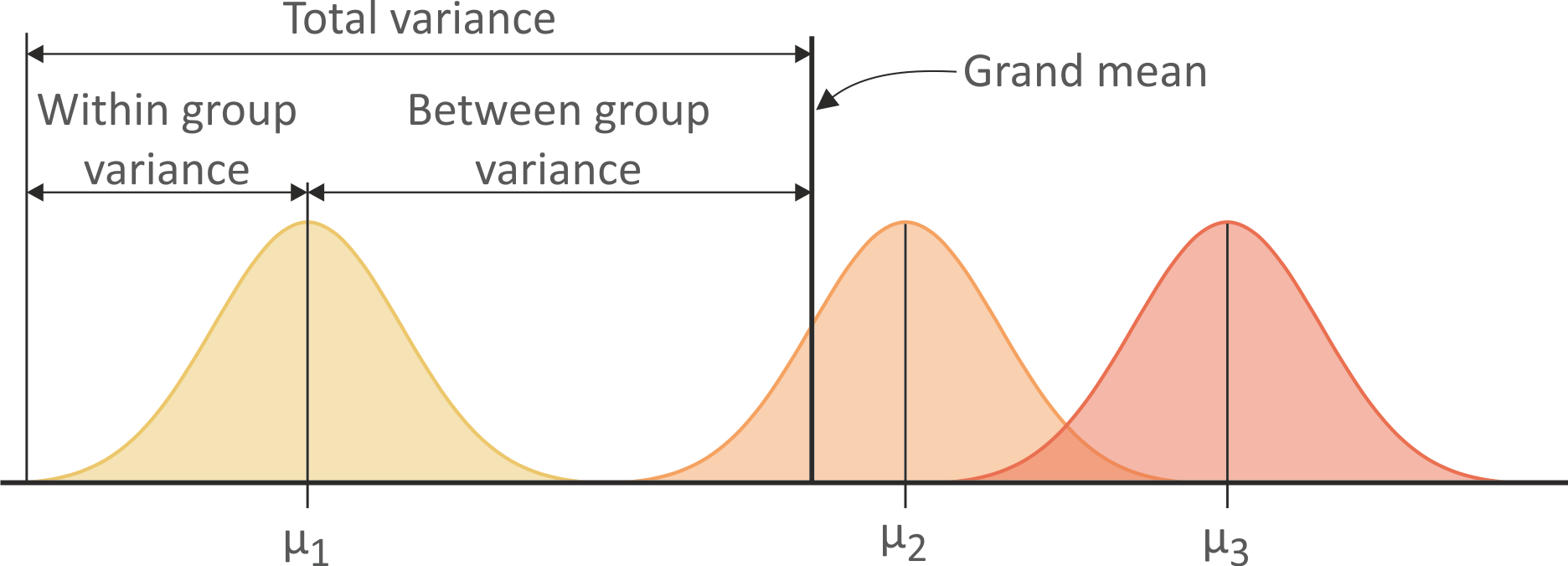
ANOVA comes in different flavors. The simplest kind is the Single Factor ANOVA.
Two-Factor ANOVA Without Replication is used to estimate how the mean changes according to the levels of two categorical variables.
In Two-Factor ANOVA With Replication each combination of factor levels has several sample elements.
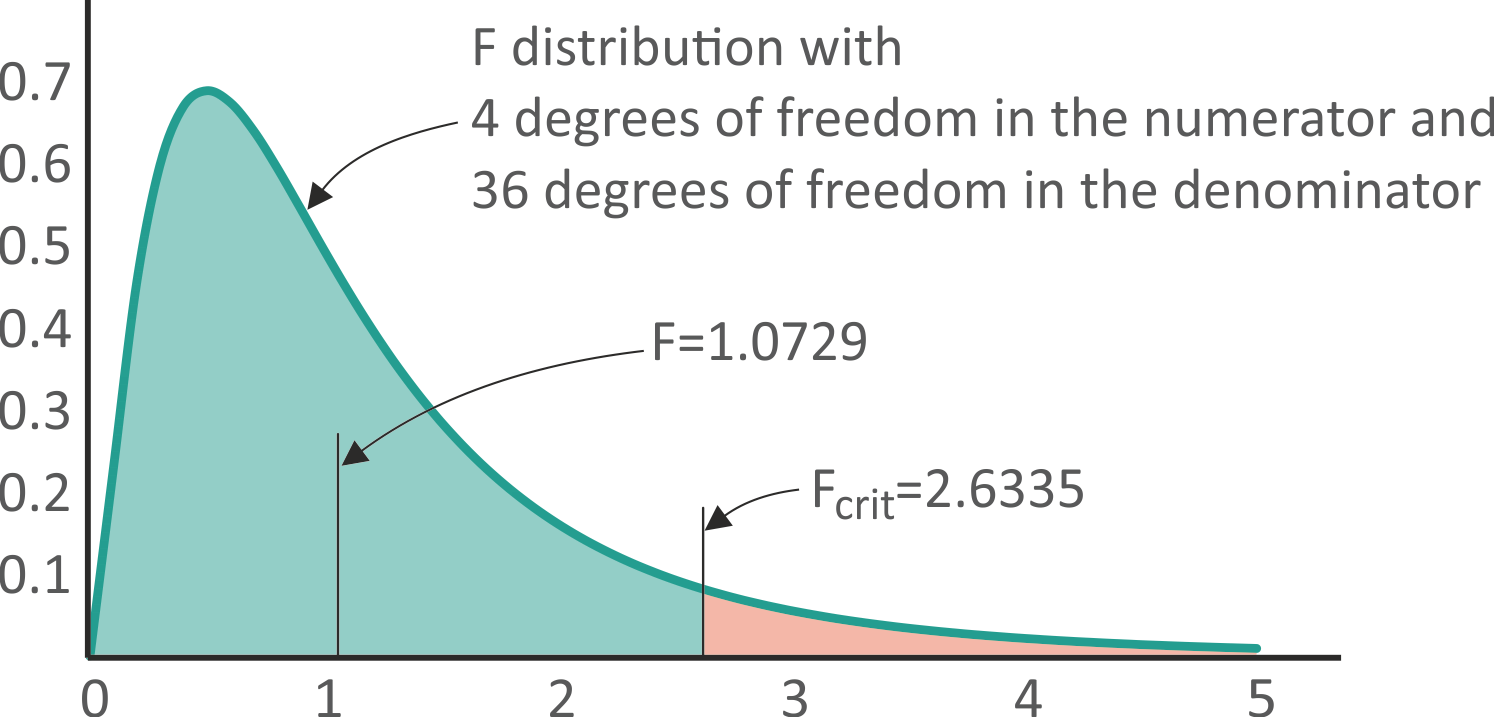

-
Here you can find the examples from the lesson, developed with:
 MS Excel (for Students)
MS Excel (for Students) Minitab (for Staff)
Minitab (for Staff)  Python (for Trainers/Researchers)
Python (for Trainers/Researchers) -
-
This lesson discuses the most straightforward regression type - the simple linear regression.

The lesson gives the essentials of the Simple Linear Regression.
Another topic of the lesson deals with the The Method of Least Squares.

How Good Is the Regression? The lesson gives an answer to question with the help of the coefficient of correlation and the coefficient of determination.
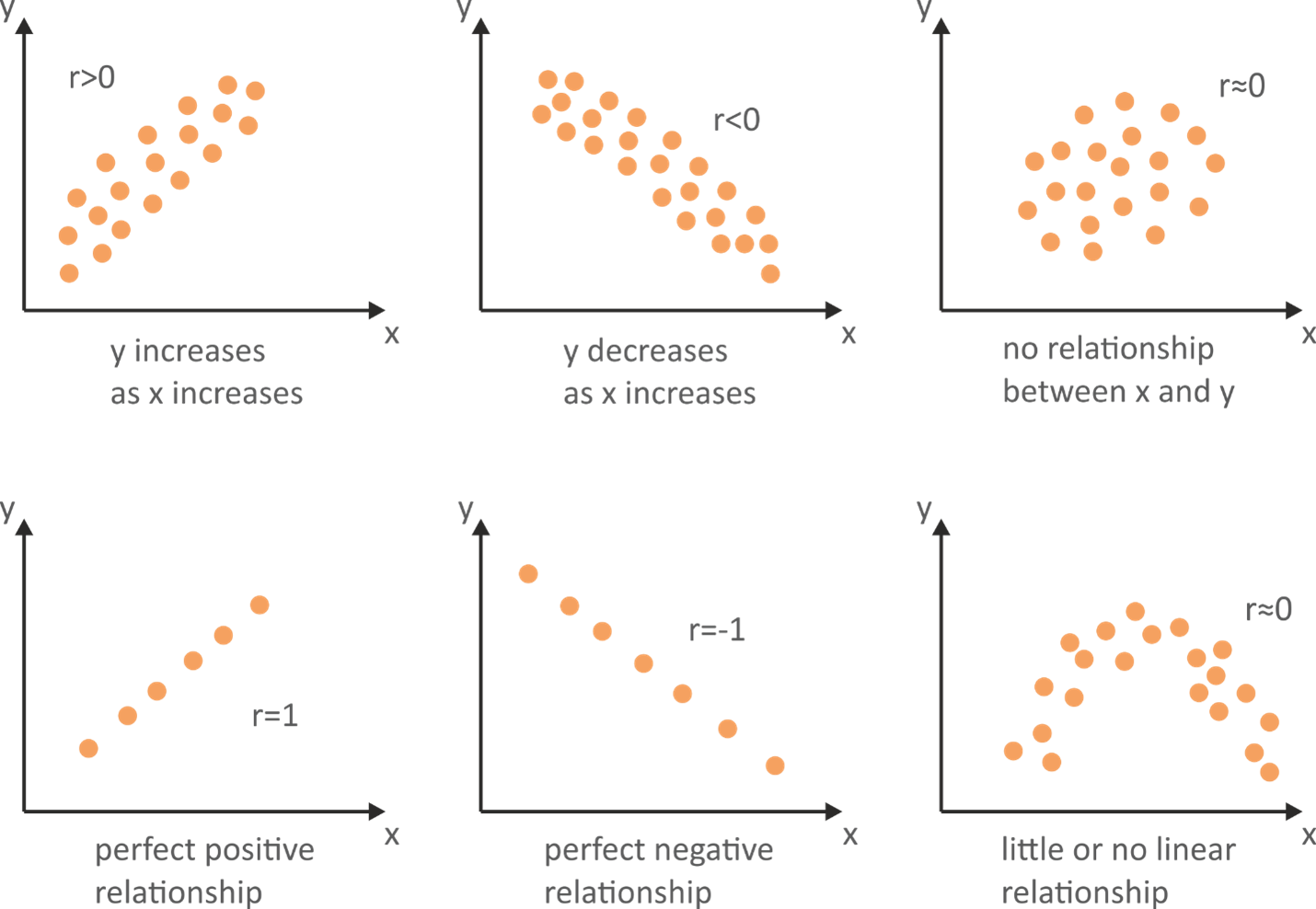
-
Here you can find the examples from the lesson, developed with:
 MS Excel (for Students)
MS Excel (for Students) Minitab (for Staff)
Minitab (for Staff)  Python (for Trainers/Researchers)
Python (for Trainers/Researchers) -
-
-
This lesson is adopted from the book "Design of Experiment and Optimization of Textile Processes" by Prof. Georgi Damyanov and Prof. Diana Germanova-Krasteva
It includes topics like Main Concepts in Mathematical Modeling and Optimization, Choice of Parameters of Optimization, Choice of Input Factors and Main Stages of Experimental Modeling.

-
-
-
There are 60 questions related to the lessons.
The quiz is time limited to 60 minutes.
Each question gives 1 point.
40 - 45 points - Average
46 - 50 points - Good
51 - 55 points - Very Good
56 - 60 points - Excellent
-
